Description
Introduction to Village
Rajpura was registered as village of India in 1920. It is located in Rajpura Tehsil of Samba District in Jammu and Kashmir,India. It is 16km away from district headquarter Samba . As per 2009 stats Rajpura is the gram panchayat of Rajpura village.
Samba is the nearest town to Rajpura for all major economic activities.
Population And Urbanization :
According to 2011 Census , location code or village code of Rajpura Village is 006641. The total Geographical Area of village is 370 hectares.Rajpura has a total population of 3,492 people ,out of which male population is 1,794,while female population is 1,698 .Literacy rate of Rajpura village is 72.34% out of which 77.98% male and 66.37% females are literate. There are about 666 houses in rajpura village .Pin code of Rajpura village locality is 184145. Samba is the nearest town to Rajpura for all major economic activities.
Historical Background :
During the Crown age in India, the King of Jammu and Kashmir along with his Ministers and army used to come to this place and help his people with their problems and collect Tax (Lagaan) . Thus this place was known as Baradari . As the king used to collect tax (lagaan) from his people so this place was also called Rajthadha. But when India gain its Independence and Crown rule was abolished ,it was known as Rajpura
Historical Account :
The Legend of Tareli
Rajpura village is home to a fascinating place called Tareli, known for its rich local legend and status as a main tourist attraction. According to the legend, Prince Babruvahana, the son of Pandu Putra Arjuna and Princess Chitrangada, once visited Tareli with his mother.His mother was very thirsty and water was nowhere to be found. As a devoted follower of Goddess Ganga, he invoked her name and shot an arrow into the earth. Miraculously, a stream of water began to flow, accompanied by a stream of milk . Princess Chitraganda was also known as Trishla,thus this sacred place was later known as Tareli. However, an evil lady started to misuse this divine gift. She gathered her associates and began boiling the milk for malevolent purposes. To their horror, the milk turned into blood, causing them to scream in terror. The lady, her mates, and some locals rushed to the stream, witnessing the miraculous transformation of milk into blood. In response to this dark event, many Yajnas (sacred rituals) were performed, and the evil lady was executed. After extensive efforts, the flow of blood was halted. Since then, the stream of milk has ceased to flow. Nonetheless, it is said that some pure-hearted souls can still see a slight stream of milk flowing from the site, preserving the mystique of Tareli. This legend adds to the charm of Tareli, drawing visitors intrigued by its mythical past and the hope of glimpsing the miraculous stream.
Historical Monuments:
Lord Rama Temple
It is believed that Maharaja Gulab Singh got the idea of building the Lord Ram’s temple from Shri Ram Dass Bairagi(who came to Jammu and Kashmir from Ayodhya to spread the name of Lord Ram).Saint Ram Dass predicted that Gulab Singh would become the king(as he was a soldier in the army of Maharaja Ranjit Singh). When Gulab Singh became the King of Jammu ,as per the guidance of Saint he built many Ram temples across his Kingdom .One of them is the Raghunath Temple in Jammu.
Tourist Attractions:
Shinj Mela
The Shinj Mela in Rajpura, held annually on the 3rd Navratri, is a cherished event for the local community and surrounding villages. It serves as a joyous occasion where people come together to celebrate, reconnect, and enjoy a variety of activities. Students eagerly await the evening to participate in the festivities, which include an array of sweets and delicious dishes prepared by locals, as well as a marketplace where traders showcase their special brands and products. The highlight of the Shinj Mela is the wrestling competition, drawing wrestlers from across the country to display their strength and skill. The winner of the competition performs a traditional ritual by carrying newborn babies on their shoulders around the wrestling ring (Akhada) and then placing the Akhada's soil on the toddlers' foreheads as a mark of blessing (Tilak). This festival not only provides entertainment but also serves as a meaningful tradition for families who have moved away from Rajpura due to work or education, allowing them to reunite and share memorable moments together.
Employement :
Rajpura, a village in Samba District of Jammu and Kashmir, India, is primarily known for its agricultural activities, which serve as the major source of employment for its residents. The region's fertile soil and favourable climate conditions make it ideal for cultivating a variety of crops, including rice and wheat. Many families in Rajpura are engaged in farming, either as landowners contributing significantly to the local economy. The reliance on agriculture also fosters a vibrant community of ancillary businesses, such as suppliers of pulses and wheat and bulk suppliers of rice further supporting the town's economic structure.There is an Indian Army Officer in almost every house serving in Dogra Regiment
Local Cuisine:
Qure and Mandra
Qure and Mandra,the local dish of Rajpura village.People eat this dish on special occasions (such as Marriage functions, birthdays and local festivals).Qure is made of Maida,Salt,Ghee and Baking Material and Mandra is made of Suji,Sugar,Milk,Turmeric,Ghee,Cashews,Almonds and Raisins.
Agricultural Practices :
Rajpura has a strong agricultural base, with rice, radish, and pulses being among the major crops cultivated. The fertile soil and favourable climate of the region make it well-suited for these crops. Rice, as a staple food, is extensively grown, while radish and pulses add diversity to the agricultural output, supporting both local consumption and trade. The cultivation of these crops provides significant employment opportunities in the area, encompassing not only farming but also related sectors like transportation, storage, and processing, thereby playing a crucial role in the local economy. The primary crop grown in Rajpura village and its surrounding areas is Rice (Paddy).
Educational Infrastructure :
Government Higher Secondary School Rajpura, established 150 years ago, stands as a venerable institution in the village of Rajpura. It is one of the oldest schools in the region, having educated generations of students over the decades. The school's historic building reflects its rich heritage, with architectural features that tell the story of its long-standing presence in the community. The campus is spread over a considerable area, providing ample space for classrooms, playgrounds, and other facilities. The classrooms, though retaining a classic charm, have been upgraded over the years to incorporate modern educational amenities. The school library, a treasure trove of knowledge, houses a vast collection of books, some of which date back to the time of its inception. The teaching staff at Government Higher Secondary School Rajpura are dedicated and experienced, many of whom are alumni of the school themselves. They are committed to providing quality education and fostering an environment where students can excel academically, socially, and personally. The school offers a comprehensive curriculum that includes science, arts, and commerce streams, catering to the diverse interests and aspirations of its students. Extracurricular activities play a significant role in the school's culture. Students are encouraged to participate in sports, cultural events, and competitions, which help in their overall development. The annual events, including the Shinj Mela, see active participation from the school, with students eagerly contributing to the celebrations. Over the years, the school has produced numerous notable alumni who have gone on to make significant contributions in various fields. The legacy of Government Higher Secondary School Rajpura continues to thrive, nurturing young minds and shaping the future of the community.
Biodiversity:
Flora and Fauna
Rajpura is home to various species, including leopards, peacocks, monkeys, and parrots, alongside a rich array of plants, flowers, and berries. This biodiversity not only enriches the local ecosystem but also adds to the village’s scenic allure, making it a destination where natural beauty meets cultural heritage.
Photos
Videos
Location Map
Contact Information
| Address |
Samba District Pincode-184145 |
| Phone Number |
7006477044 |
| Email Address | |
| Website | https://jkpanchayat.jk.gov.in/homeview.php?panchayat=Rajpura&block=Rajpura |
Reviews (4)


Seeing the hard work you guys did to make this microsite is great. Thanks for showing the beauty of this vibrant village.

Your initiative to bring Rajpura closer to the digital world is truly commendable. By showcasing the village’s beauty, culture, and resources, you’ve created a platform that not only connects residents but also introduces the charm of Rajpura to the world.

Villages are the heart of a nation's heritage, where simplicity and harmony with nature thrive. They offer fresh air, scenic beauty, and a close-knit community that cherishes tradition and values. Life in a village teaches us contentment, hard work, and respect for the land. Appreciating a village means celebrating its culture, people, and natural charm that provide a peaceful escape from the hustle of urban life. Villages truly embody the soul of timeless beauty and tradition.



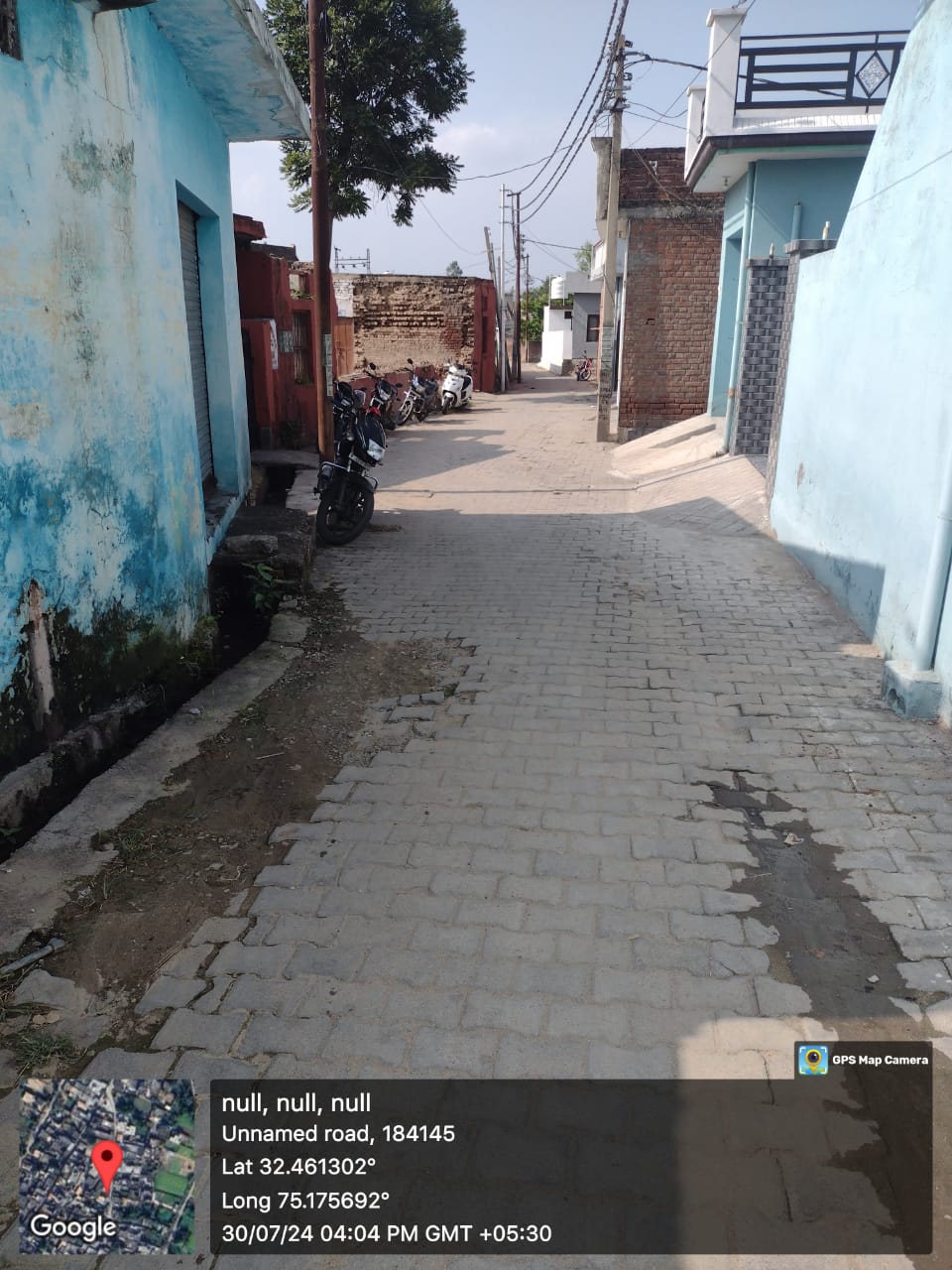






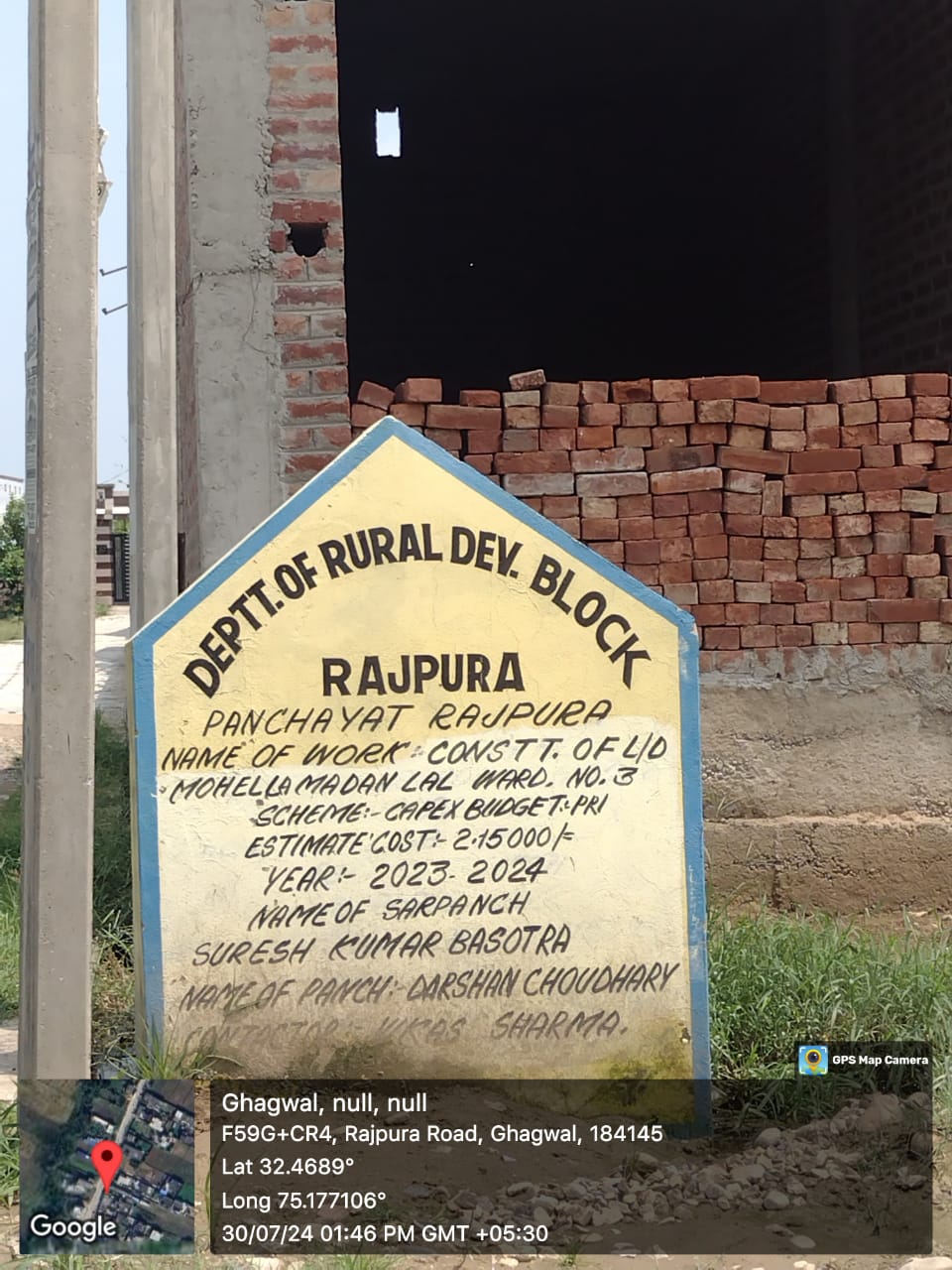





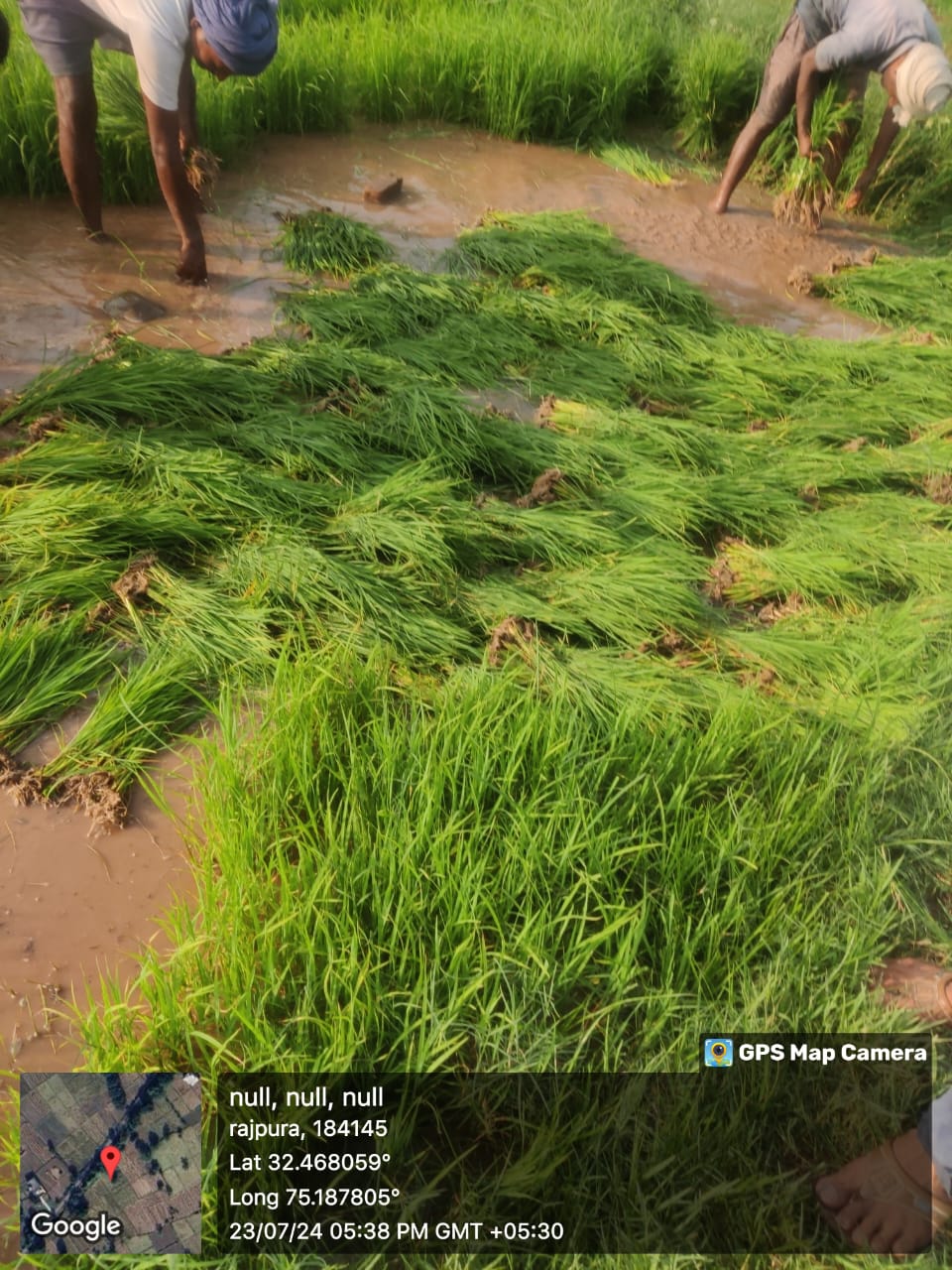










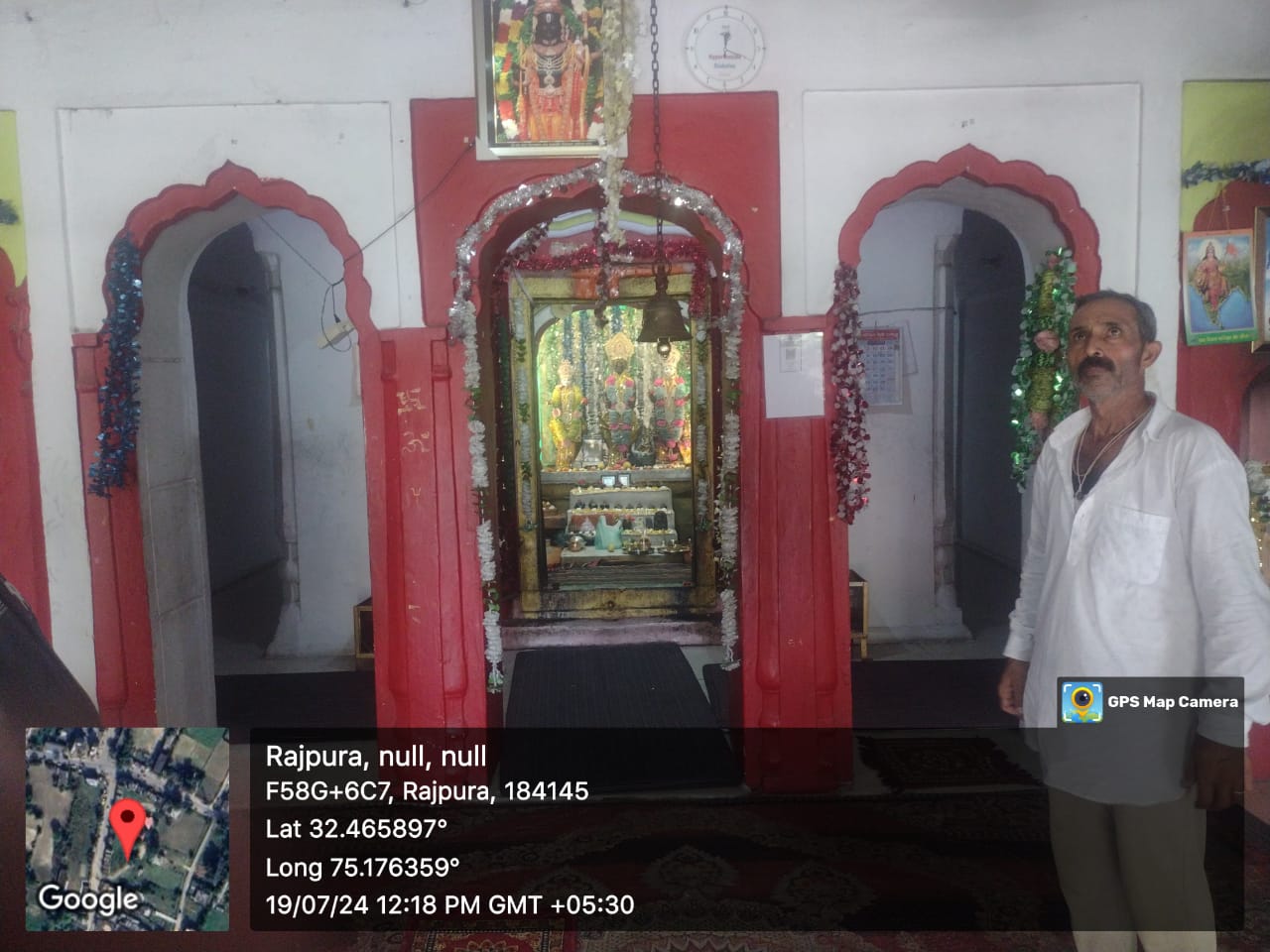




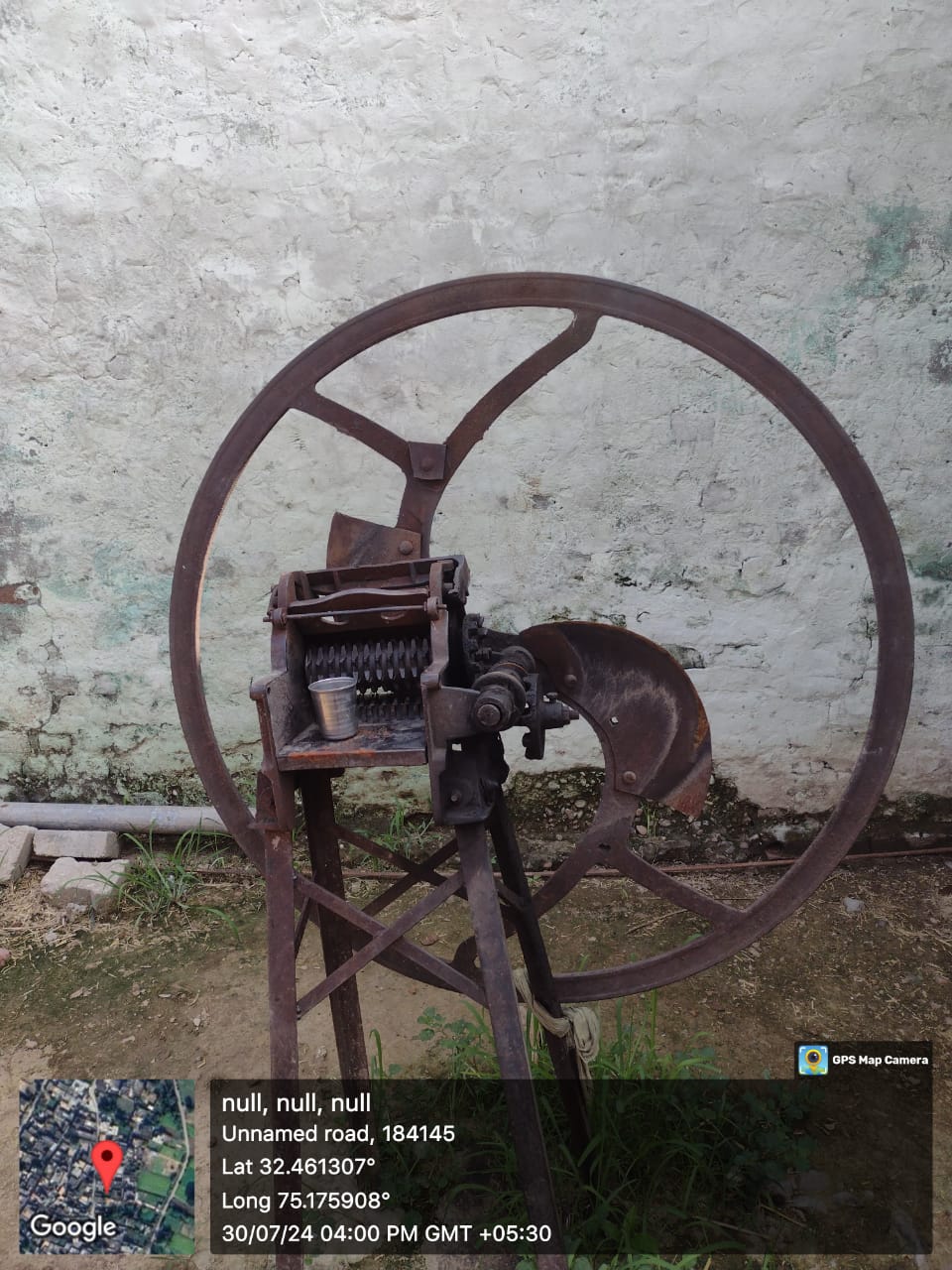




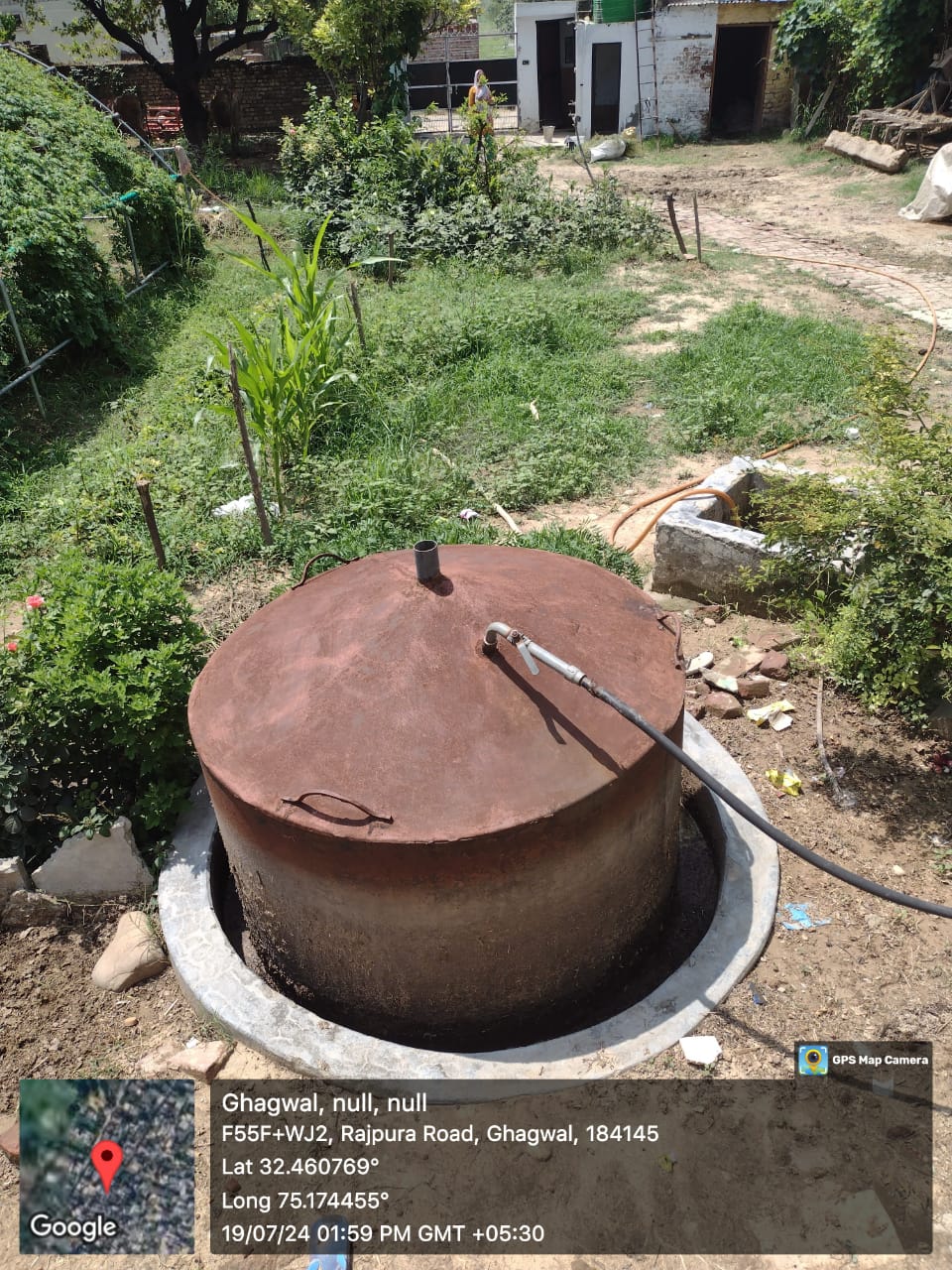








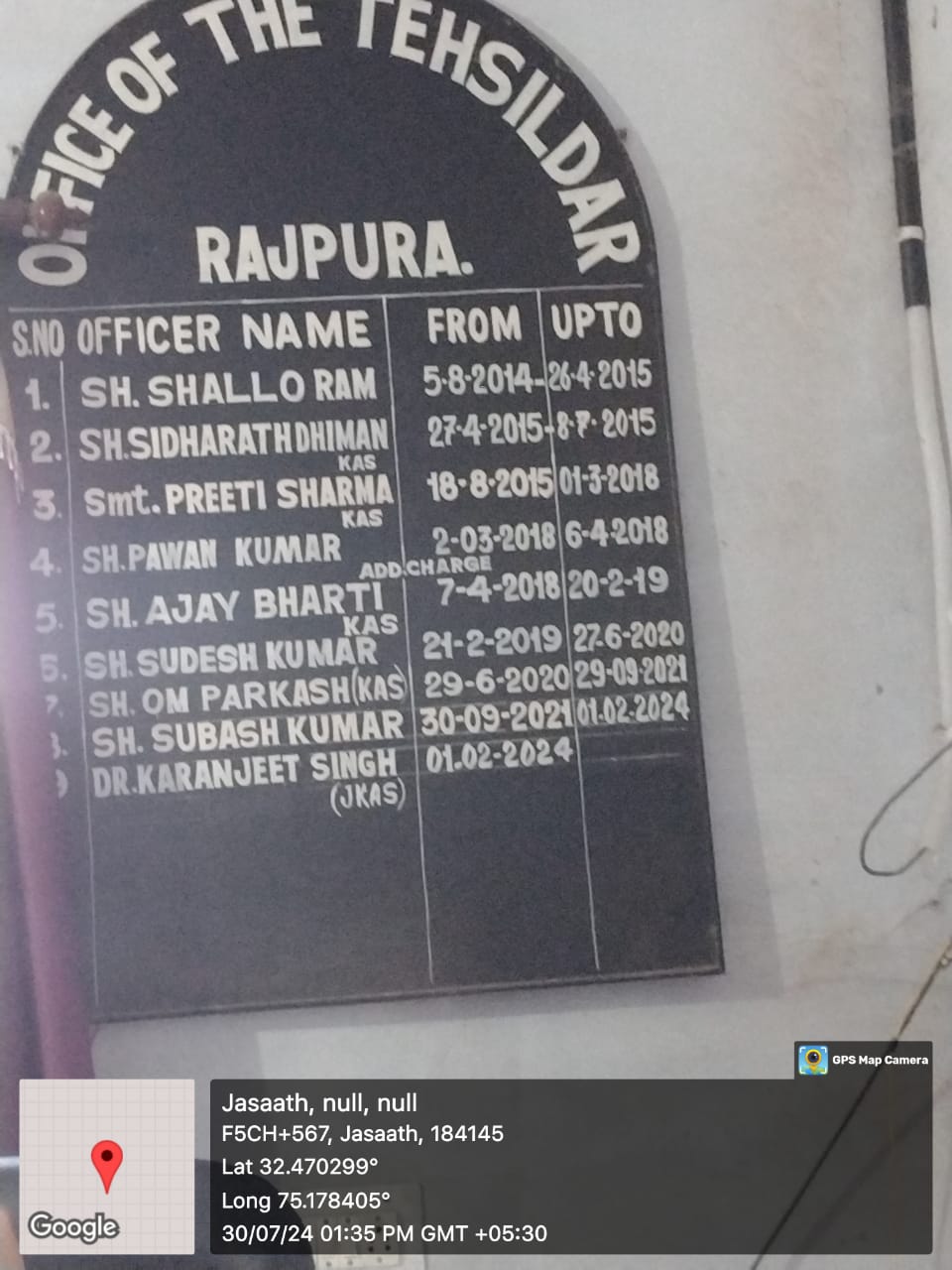












This village is a wonderful place, full of beauty and warmth. The views are amazing, with green fields, hills, and peaceful rivers. Every sunrise and sunset makes it feel magical.
The people here are kind and friendly, always ready to help each other. They share traditions, celebrate festivals, and treat everyone like family. Life here is simple and calm, and there’s a true sense of community.
It’s a place where you feel at home, surrounded by nature and good-hearted people.